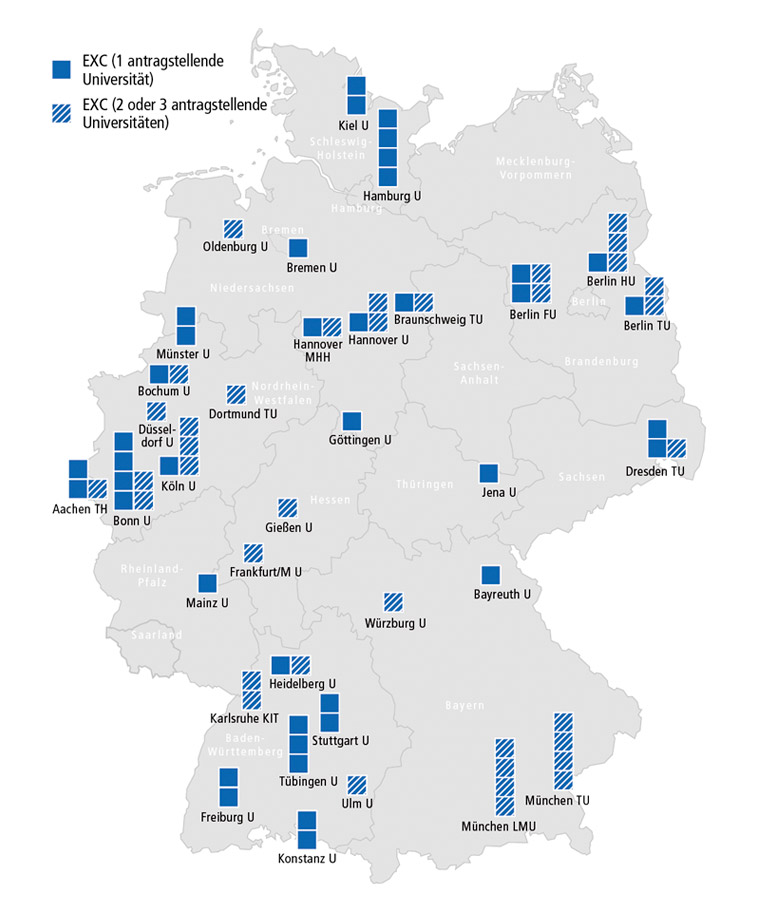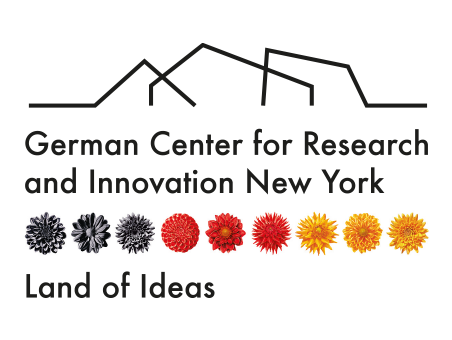Germany Pledges $3.1 Billion to University Research Groups
 © iStock
© iStock
Part of the Excellence Strategy, Germany selected 57 research-based clusters in which to invest €385 million annually. Selected clusters represent Germany’s best university-based research.
On September 27, 2018, the German Research Council and German Council of Science and Humanities selected the 57 Clusters of Excellence for 2019-2026. These Clusters represent not only the top research projects and institutions in Germany but also the strategic research areas which the country seeks to prioritize for the next seven years.

Collectively the Clusters of Excellence receive €385 million annually, 75% of which is provided by the Federal Government and 25% by the individual Federal States in which the Clusters are located. Thus, Germany has pledged to spend €2.7 billion, or 3.1 billion U.S. Dollars, on Research and Development over the next seven years.
In 2005 the German government began the Exzellenzinitiave, or the Excellence Initiative, which fundamentally reformed the education and research landscape in Germany. Since Germany’s Federal Government is prohibited from investing directly into state-run public universities, the Excellence Initiative was designed as a temporary boost to the country’s top universities and their research projects. The goal of the Excellence Initiative was to advance Germany’s standing as a top destination for research and a source of cutting-edge innovation.
The Excellence Strategy, as the most recent iteration is called, is divided among two funding lines: Clusters of Excellence, which are projects in internationally-competitive research fields hosted by individual universities or a consortium of universities, and Universities of Excellence, which allows institutions or consortia to be strengthened in alignment with their Clusters of Excellence.
The German Research Council and German Council of Science and Humanities administer the Excellence Strategy. Excellence Clusters are decided upon in seven year rotations with the first cycle having begun in 2005. On September 27, 2018, the 57 Clusters of Excellence for 2019-2026 were announced.
Though these clusters cover nearly every academic discipline, the following topics were extremely well represented: optics and photonics, medicine and immunology, energy technology, data management and design for manufacturing. The 57 chosen clusters were selected from 195 original proposals and a short-list of 88.
The chosen clusters are housed among 34 German universities located in 13 of Germany’s 16 federal states. 40 of the selected Clusters represent a single university, while 14 represent two universities working together, and 3 are a consortium of 3 universities. 49% of the selected projects are continuations from the 2012-17 Cluster selection.
For more information on the Exzellenzinitative including a map of all selected Clusters of Excellence, visit the German Research Council website .
For a detailed analysis (in German) of the selection results, visit the blog of journalist Jan-Martin Wiarda.
